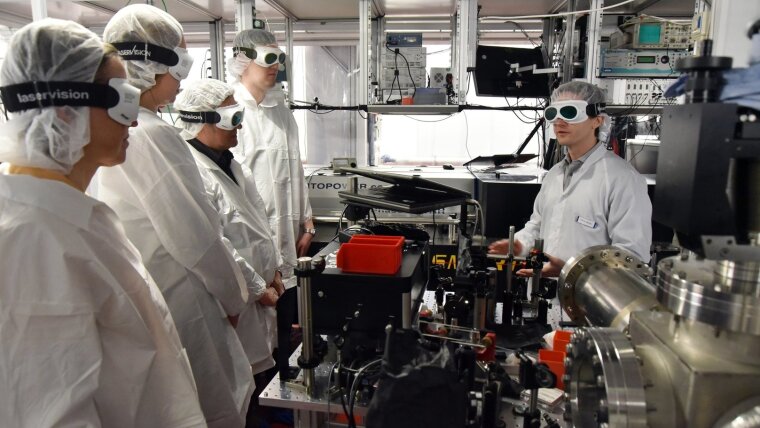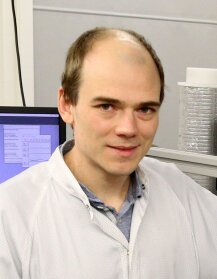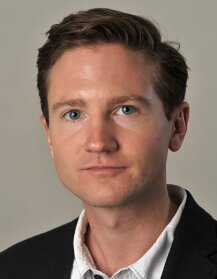
In this project, optical methods are developed and employed to measure the nonlinear response of nanolayers, with a focus on ultrafast time scales. The methods aim for detailed insight including phase information of the nonlinear response. This is achieved, for example, by methods of time-domain holography. An advantage of these holographic methods is that the nonlinear response of nanolayers attached to substrates can be isolated from the total nonlinear response, making them broadly applicable including the case of nanostructures that cannot be made free-standing. After the successful method development in the first funding phase, the work program of the second funding phase is grouped in physical questions that are addressed with one or more of the methods of this project and collaborations within the CRC. These questions are concerned with the transition from the bulk down to atomic scales, which is enabled by our holographic methods that resolve changes of the nonlinear response when the layer thickness is varied.
One question is how the mechanisms of coherence loss change when the sample size approaches atomic scales. For example, we expect that boundary collisions play an important role in nanolayers of metals or dielectrics, for which we will study samples of varying sizes. Another question concerns how confinement influences interband dynamics of dielectrics in intense fields, which we will probe by transient absorption spectroscopy using deep ultraviolet pulses spanning across bandgap energies. A further question is how electron motion in bands is affected when the range of electron motion is gradually confined. A very useful asset in this regard is the availability of ultra-broadband, phase-stable, sources in the mid-infrared at at the Extreme Light Infrastructure (ELI), which will be integrated into our methods in the next funding phase and complement the laser systems available in our labs in Jena.
The project will be further supported and enhanced by the Mercator fellowship requested for Prof. Matthias Kling, who was a PI in the first phase and is now at Stanford.
Principal investigators


94025 Menlo Park, California Google Maps site planExternal link